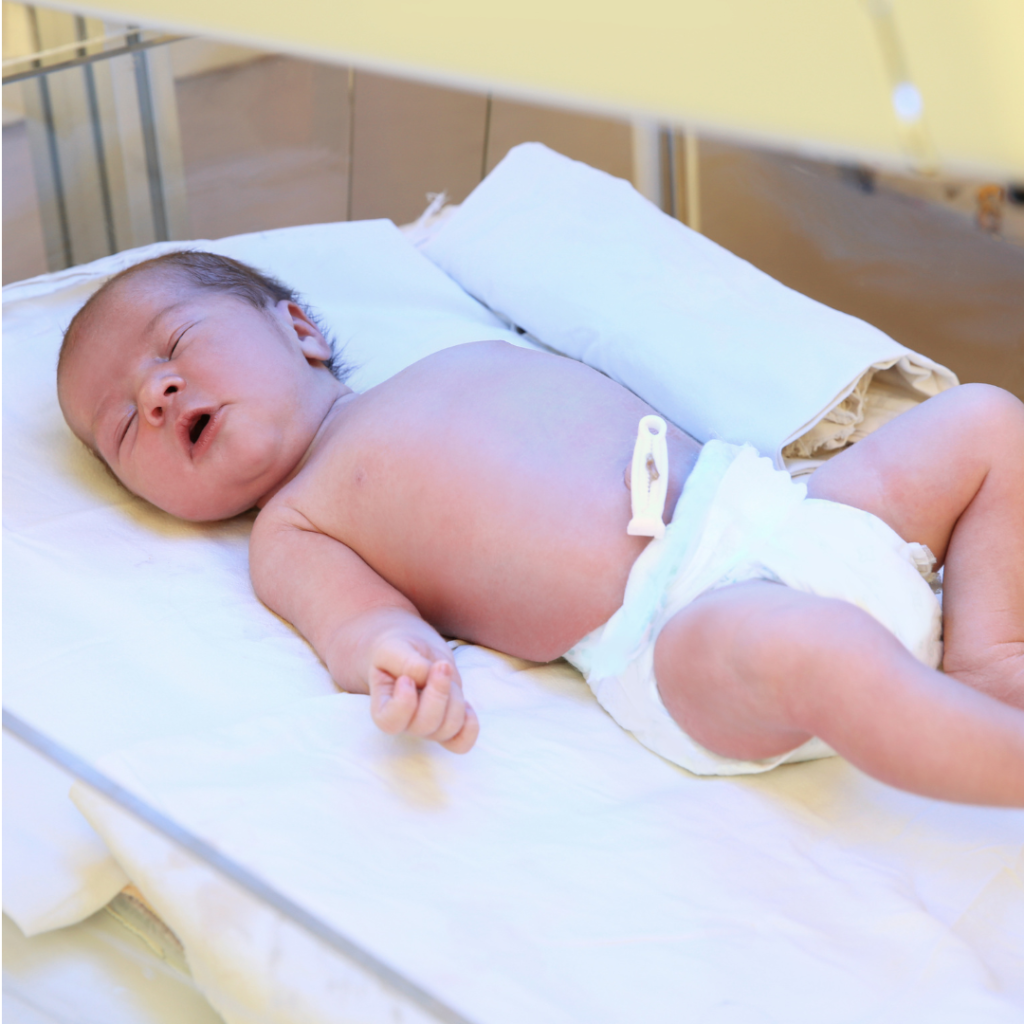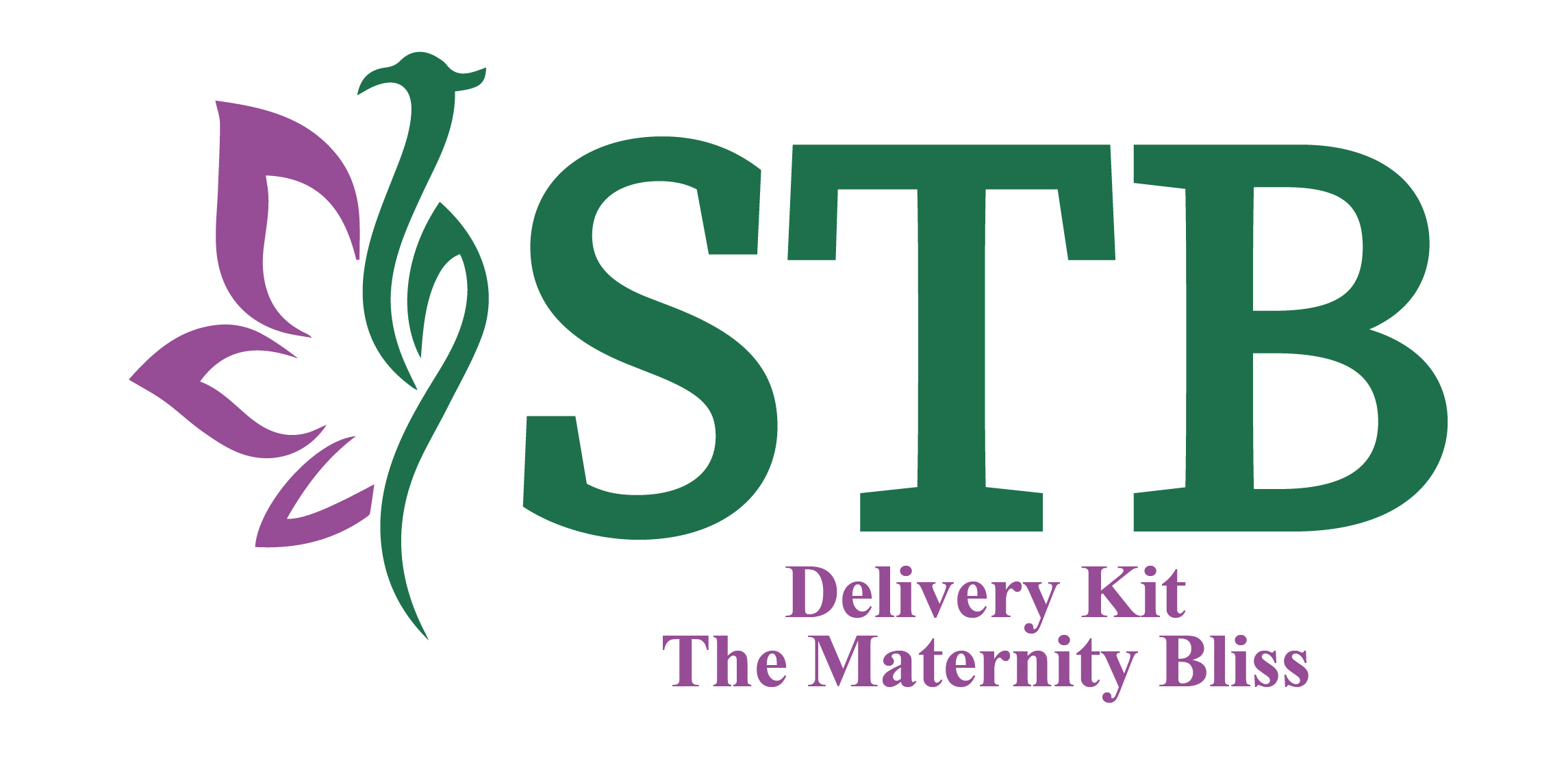Preterm babies are at an increased risk of hypothermia because they have a smaller body mass, less fat, and an underdeveloped ability to regulate their body temperature.

Environmental factors:
Preterm infants are more sensitive to changes in the surrounding temperature, especially in hospital environments or after birth.
To prevent hypothermia, it is essential to maintain a warm environment, use appropriate thermal protection such as incubators or radiant warmers, and ensure that the baby is dried and covered immediately after birth. Additionally, skin-to-skin contact (kangaroo care) with the mother can help stabilize the baby’s body temperature.
For preterm babies, clothing plays an important role in preventing hypothermia and maintaining body temperature. Since preterm infants have less body fat and are more vulnerable to heat loss, special attention to their clothing is essential.
Here are some considerations:
Preterm babies should be dressed in lightweight, warm, and breathable fabrics, like cotton or specially designed thermal wear, that can help to maintain body warmth without causing overheating.
A common approach is to use a combination of a thin cotton shirt or onesie, a soft blanket, and a hat to cover the head. The head is a significant site of heat loss, so keeping it covered is crucial.
Use of Sleep Sacks:
Sleep sacks or wearable blankets can provide warmth without the risks associated with loose blankets, which can be a suffocation hazard.
Use of Hats and Socks:
Since babies lose a lot of heat through their heads and extremities, hats and socks are important clothing items to ensure warmth.
Our STB delivery kit provides all your preterm baby products

